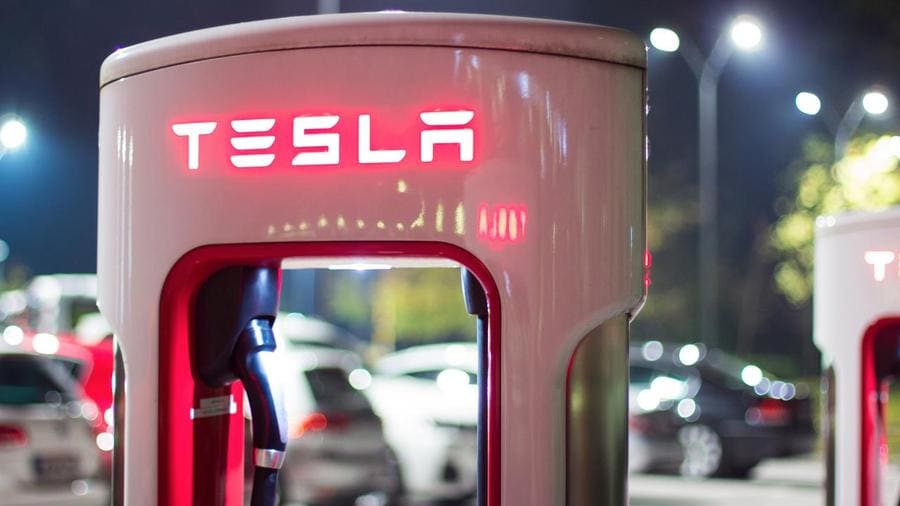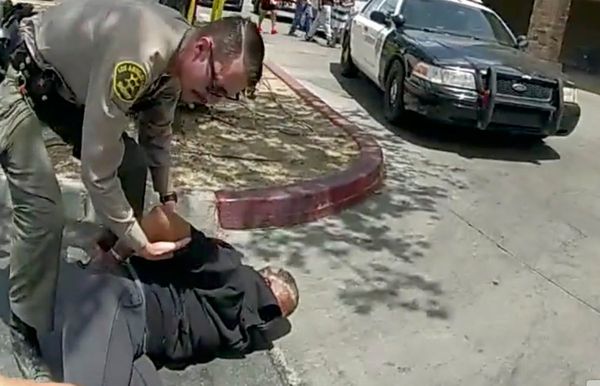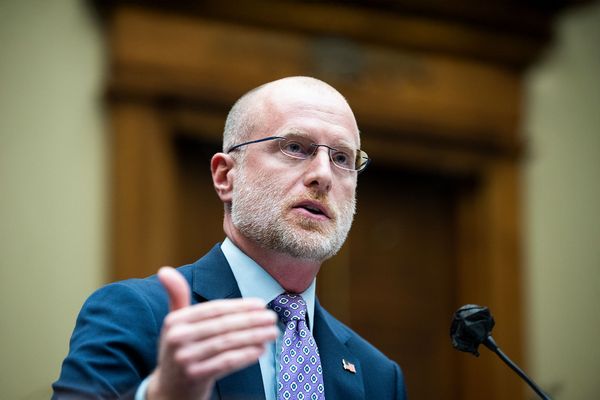
Tesla (TSLA) shares bumped lower Friday, following on from one of their biggest single-day declines of the year, after the carmaker lifted prices on its high-end U.S. vehicles just hours after CEO Elon Musk told investors the group would focus on sales volumes over profit growth.
Tesla unveiled price hikes for its Model S and Model X units on its website late Thursday, lifting the overall cost of the Model X Plaid by around 2.4%, to $107,490 while adding around 2.6% to the sticker on the standard Model X.
The moves still leave Tesla vehicles firmly below their late December levels, following six price cuts from the group that helped maintain market share but correspondingly carved into its profit margin.
Musk warned investors late Wednesday that Tesla would likely focus on growing sales volumes and extending its lead in key markets over improving profitability, justifying that as a necessary steps in its plan to generate recurring revenues, and longer-term earnings growth, from automated vehicle sales over the coming years.
That view was partly-endorsed by one of Tesla's biggest shareholders, Cathie Wood, whose Ark Invest group bought 256,023 Tesla shares amid its Thursday selloff while boosting its five-year price target on the carmaker to $2,000 on the potential for massive growth from Tesla's impending fleet of robotaxis.
That level would peg Tesla's market cap at around $6.4 trillion by 2027, with her 'bull case' valuing Tesla as high as $2,500 per share.
"Tesla’s prospective robotaxi business line is a key driver, contributing 58% of expected enterprise value and 45% of expected EBITDA in 2027," Ark Invest said "Across our simulation set, electric vehicles account for 62% of revenues in 2027, at substantially lower margins than robotaxi revenue."
Tesla shares, which fell nearly 10% yesterday to close at $162.99, were marked 1.2% higher in early afternoon trading Friday to change hands at $164.95 each.
Tesla posted its weakest quarterly profit margins in more than two years linked in part to its relentless 2023 price cuts, with earnings falling 20.5% from last year to 85 cents per share on revenues of $23.33 billion.
Adjusted automotive margins were 18.3%, Tesla said, a big decline from the 26.8% figure from last year's first quarter and the 22.2% tally recorded over the final three months of 2022 following a series of price cuts in its biggest global markets.
"We’re taking a view that pushing for higher volumes and a larger fleet is the right choice here versus a lower volume and higher margin," Musk told investors on a conference call late Wednesday. "However we expect our vehicles over time will be able to generate significant profit through autonomy."
"So we do believe we’re laying the groundwork here and then it’s better to ship a large number of cars at a lower margin and subsequently harvest that margin in the future as we perfect autonomy," he added. "This is an extremely important point."
Tesla posted a record first quarter delivery total of 422,875 new vehicles, a 36.4% increase from the same period last year, but that tally missed Street forecasts as production outpaced demand. Production rose 44.5% to 440,808 vehicles as supply chain disruptions and Covid-related closures at its Shanghai factory faded.
The pace is firmly shy of the rate needed to meet Tesla's own target of 1.8 million deliveries over the whole of 2023, and CEO Elon Musk's suggestion that, "if it's a smooth year ... without some big supply chain interruption or massive problem" deliveries could reach 2 million.
Musk declined to confirm that forecast during last night's conference call, but Tesla nonetheless stuck to its official estimate of 1.8 million deliveries.
"These are volatile times. From a production standpoint, if things go well, we’ve got a shot at 2 million vehicles this year," Musk said. "But that’s an upside case. And we feel comfortable with 1.8 million. And we’ll have to see how this year unfolds."
The more immediate concern, however, is the hit Tesla is taking on profits after it lowered the price of its base Model Y SUV by around $3,000, extending this year's price reduction to around 29%, and cut the cost of its Model 3 sedan by $2,000, according to data taken from its U.S. website late Tuesday.
The group has also reduced the starting price of its Model 3 sedan by around 13.5% in China, according to data from its website. It lowered the price of its Model Y by around 10% to 259,900 yuan, the equivalent of around $37,660, as it dealt with increasing competition from China-based rivals in the world's biggest car market.
The near-term margin pain for long-term demand/volume gain is a strategy the Street is mostly on board with, however dipping below the magical 20% threshold is a concern," said Wedbush analyst Dan Ives, who lowered his price target by $10, to $215 per share, following last night's first quarter update.
"The FSD driving the margin story going forward is not a narrative many are huge fans of and we believe Tesla now walks a tight rope between margin pressure vs. driving stronger Model Y/3 demand globally," he added. "We remain very bullish on the Tesla story, however, this margin compression and price cut narrative must be carefully managed over the coming quarters as it now emerges as a clear overhang on the stock."
"It’s difficult to say what the margin will be," Musk told investors. "It depends on what the macroeconomic environment is like ... if the Fed were to lower the rates, that would be super helpful for demand. If they raise them, that just raises the interest costs that buyers have to pay to buy a car. So it reduces affordability and therefore it reduces demand."







